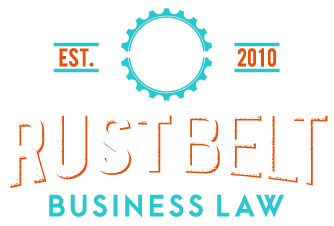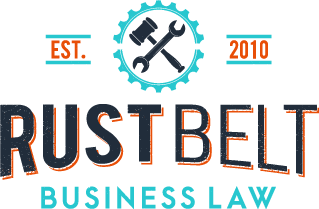Events over the past few years have drastically changed how people work, with many manufacturing organizations embracing hybrid work arrangements that offer employees the flexibility to work from home or in the factory.
While this model offers many benefits, such as improved work-life balance and increased productivity, it also presents unique challenges.
Here are four key points to keep in mind when implementing a hybrid work model in the manufacturing industry:
1. Recognize that everyone has different working preferences and needs.
Some employees prefer to work from home, while others may thrive in the factory environment. It's essential to give employees the flexibility to choose where they work while ensuring they have the necessary resources and support to succeed.
For example, some employees may need access to specialized equipment or software that is only available in the factory. Others may need help collaborating with colleagues who are working remotely. It's imperative to have a plan in place to address these needs.
2. Establish clear expectations for communication, availability, and deadlines.
It's paramount to have clear expectations for communication, availability, and deadlines for remote and in-factory employees. This will help to ensure that everyone is on the same page and that work is completed efficiently.
For example, you may want to require employees to be available for certain core hours, even if they are working remotely. You may also want to establish specific protocols for communicating and collaborating with colleagues who are working in different locations.
3. Keep hybrid work schedules simple.
Too much flexibility can lead to confusion and disorganization, while too much structure can feel stifling. It's necessary to strike a balance between the two when creating a hybrid work schedule.
One way to do this is to have a set number of days per week that all employees are expected to be in the factory. You can also allow employees to choose their own remote work days, as long as they are available during core hours.
4. Celebrate success.
Transitioning to a hybrid work model can be a significant change for both employers and employees. Celebrating successes along the way will help to keep everyone motivated and engaged.
This could include recognizing individual accomplishments, sharing kudos when team goals are reached, or scheduling staff outings to reward hard work. Celebrating success will help to create a positive and supportive work culture, which is essential for a successful hybrid work model.
By following these four key points, manufacturing organizations can create a hybrid work model that benefits both employers and employees.
Do you have a hybrid work policy in your employee handbook? Have questions about establishing a new policy? Schedule a meeting with our professionals today!




